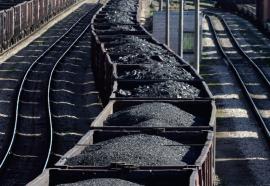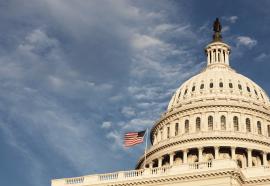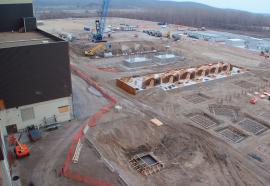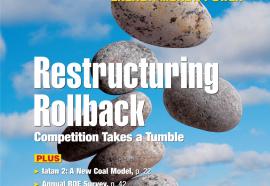Coal Sets Sail
Global markets affect domestic prices, exports and infrastructure.
Who knew coal-supply issues in countries far away from U.S. markets could have a massive impact on domestic supply and pricing, helping to increase prices for Appalachian coal by 260 percent in the past year? Despite what might have appeared to be an isolated U.S. coal market, recent events throughout the globe, such as supply disruptions in Australia and South Africa and increasing demand in some Asian countries, have shown that U.S. markets indeed are a major part of the global coal economy.










